- HubPages»
- Arts and Design»
- Crafts & Handiwork»
- Flower Crafts
MAKING THE MOST OF DRIED FLOWERS
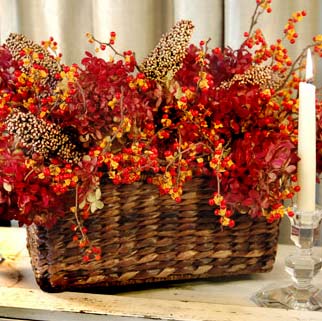
Making The Most Of Dried Flowers
Dried flowers have a romantic, ethereal charm that transcends seasonal appeal. Treat them a decorative feature in their own right.
Forget vases of tired pampas grass, dog-eared Chinese lanterns and those luridly dyed orange and purple teasels because dried flowers don't have to look stale or artificial. In their own way they can look as vital as the living thing because during the drying process the shapes always retain their natural vigour.
Dried flowers are the perfect winter solution in centrally heated homes where fresh flowers wither within a day. If you dry them yourself which isn't difficult you will be able to create far more satisfying arrangements than the routine and highly-priced florist's offering of a few helichrysums filled out with gypsophila.
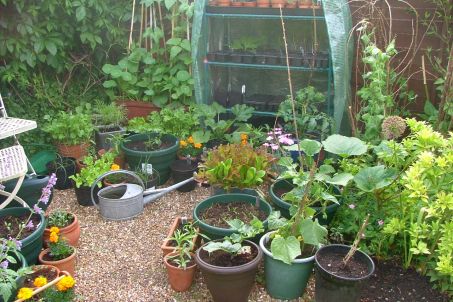
Flowers To Grow Or Beg From Friends
Some flowers like helichrysums rodanthe and acrolium grow in their dried state quite naturally as do seed heads like honesty and Chinese lanterns. It makes sense to plant some of each of these in the garden because they will get you off to a foolproof start.
But there are several other flowers which are easy to dry, because they are not very fleshy in the first place. These include sedum statice, golden rod, cornflower, achillea, gypsophila, anaphalis salvias, lupins sea holly, poppies, echinops, acanthus, hydrangeas and delphiniums.
Fleshier flowers or flowers with many-petalled blooms require a little more attention but will still give highly successful results. They are the soft flowers like tulips roses clematis, peonies carnations, calendula, dahlias, ranunculus, liliums, stocks, magnolia, chrysanthemums marigolds and Christmas roses.
But really, it's worth trying to dry almost anything that blooms. Drying flowers is an art not an exact science and it's rewarding to experiment and see what happens.
It's also worth planting far more flowers than you think you will need. /than you can be sure of suitable shapes to choose from and be covered in case of any failures. You will also have enough to use generously something you will find is vital to successful dried flowers arranging.
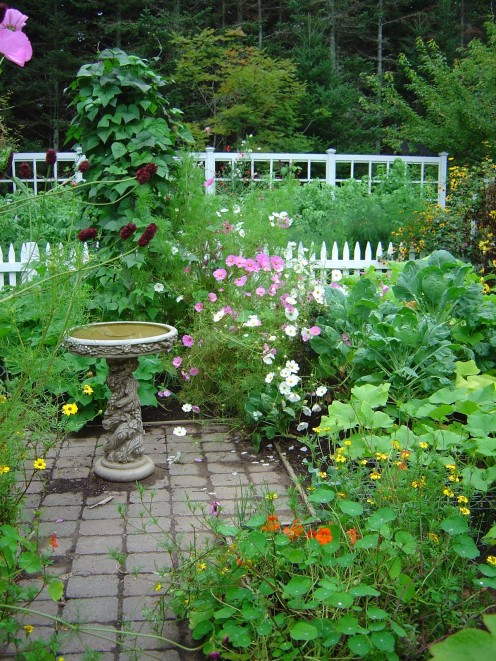
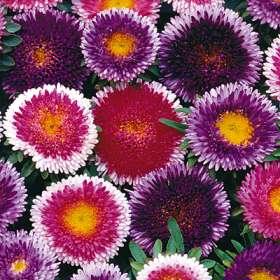
When To Pick
It's too late to realize you need dried flowers when the evenings have already begun drawing in. You need to gather your harvest from spring through to autumn, although late summer will be you busiest time. You may also need to rise early in the morning because that is when flowers are at their best for picking making sure the dew has already dried off them.
As a general rule, choose blooms just before they are fully open as they will continue to open slightly after picking. But cut helichrysums as soon as their buds start bursting, because they open out vigorously afterwards. Cut all flowers and seed pods that fluff up when mature such as golden rod and climatic seed while they are still in early bud or pod from. And cut spiked flowers like delphiniums when their lower flower are open but there is about 5cm (2in) of bud left at the top of the spike. As for hydrangeas they are a complete exception and need picking when they have already begun to change colour and their petals have become papery to the touch.
If any flowers look wilted after they have been gathered you can revive them by standing them in a little water for an hour or two provided you cut off the wet part of the stem before drying.
How To Dry
Naturally dry flowers and the less fleshy varieties can simply be hung heads downwards in bundles to dehydrate a process that should take about three weeks. Strip the leaves off first and with the exception of large flowers like acanthus and delphinium which are best hung singly make up small bundles of no more than six stems so the air can reach freely to the centre. You will need to check the bundles occasionally, because the stems may shrink and allow flowers to fall out.
The enemies of successful drying are damp and light damp because it causes mildew and light because it bleaches out colour. So you will need somewhere that is cool dry fairly dark and well ventilated perhaps the loft or a seldom used guest room. If you have plenty of space hang the bundles from a series of strings near the ceiling, stretching from side to side of the room. If not you can suspend wire coat hangers from a single string and hang several bunches of flowers from each hanger. If you prefer to operate on a much smaller scale hang bundles from something like a clothes horse.
Although not fleshy hydrangeas prove an exception again. After hammering the stems they should be stood loosely in a container with a little water allowed to drink it up and then left in situ where they will turn a good colour. Delphiniums need special treatment too. When the suspended flowers begin to feel dry they need standing upright to complete the drying process when their florets will fall back into their natural position. If you are very careful you can smooth each petal between finger and thumb to prevent a slightly crumpled appearance.
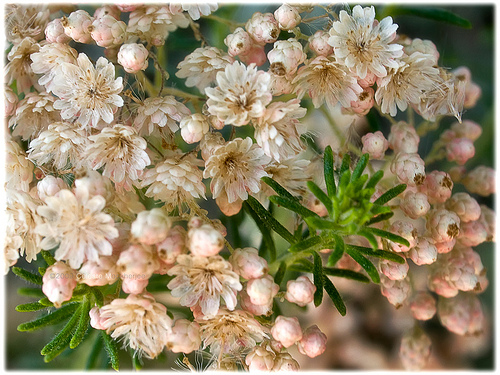
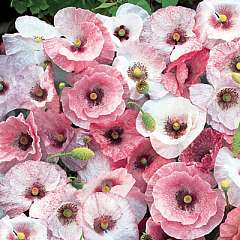
The More Tricky Subjects
It's possible to dry fleshy and many-petal led flowers by hanging but you can be more confident of good result by using a desiccant like silica gel crystals. This is available from florists shops and is fairly expensive but fortunately it can be re-used continually provided it's dried between operations.
Ideally for round flowers like roses use a separate container for each bloom. Plastic freezer boxes are perfect for the job, but anything airtight say a biscuit tin will do as well. Cover the bottom of the container with a layer of crystals, bank the crystals round the upright flower to retain its shape and lift the petals very gently so the crystals work right into very gently so the crystals work right into the bloom. Finally cover the flower completely before sealing the container.
For flat flowers like zinnias cover the bottom of the container with a layer of crystals and then dry several blooms at a time laying them face downwards. If the container is deep enough you can dry at different levels making sure to separate them with layers of crystal. In both cases leave stems as long as you can because although it's always possible to wire them too many wired stems will lead to stiff arrangements.
Drying time varies according to the thickness of a flower's petals and calyx a rose might be ready within two days whereas a magnolia might take anything up to a week. But timing isn't critical and the flowers come to no harm if you get impatient and take occasional peeps.
From Field And Hedgerows
Grasses make a worthwhile contribution, because they are good for filling awkward gaps in dried flower arrangements, and introduce flexible and graceful shapes. Best gather them early in the year while they are still green and the seed heads have just begun to emerge from the sheath. And gather as many different kinds as you can It's impossible to calculate in advance just which will work best when it comes to arranging.
All the following grasses will provide rewarding dried material squirrel's tail grass, Feather grass, Briza maxima and minima marram grass, Lagurus ovatus, and if you have access to pools and marshes the Bromes and Foxtail grasses that often grow there. If possible add a few stems of wheat oats and barley too- if you take from those that have sprung up near the hedgerow where the combine harvester can't reach, you won't be stealing from a valuable crop.
To dry hang them head downwards in bunches making extra efforts to find a dark place because light will swiftly turn them to hay and check the bundles carefully because the stems shrink considerably during drying. If you can find them dry rushes and sedges the same way. But dry bulrushes by standing them upright in a jar. And be prepared for disappointment, because sadly the failure rate is high.
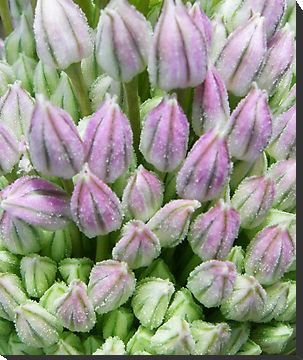
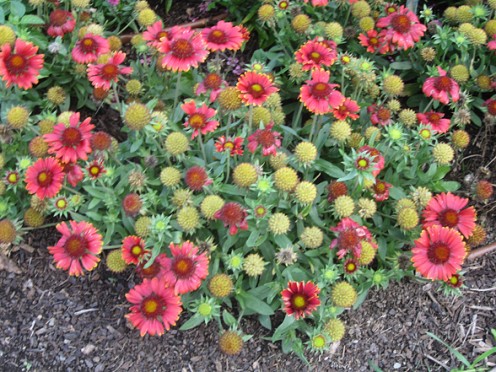
Pods And Seed-Heads
Although pods and seed heads will dry naturally in situ they are liable to damage from wind and weather and because they have been allowed to develop fully, they could disintegrate when handled. If you pick them before they are fully ripe, however and dry them by the hanging method, they will not only be more likely to stay intact but you will be able to retain their subtle shades of colour.
Look for the umbrella-shaped clusters of seed heads like cow parsley angelica and wide chervil these sometimes dry to a delicious lime green. Pick tall seed spires of the ubiquitous dock at varying stages so they range from pinky green right through to rust red. Look too for natural coloured teasels and the pretty star shaped pods of mallow.
Don't forget to have another look round the garden. The following pods are most attractive: clematis poppy Moluccella, larkspur mullein and leeks from the vegetable garden worth letting go to seed when they explode into marvelous pink and mauve tinged balls.
But don't restrict yourself to these obvious example. Gather anything that looks promising because virtually all pods and seed heads dry successfully.
Leaves And Berries
It's impossible to dry by hanging whole sprays or branches of leaves they require a form of preservation involving the use of glycerin. It isn't difficult and it gives extremely beautiful results. Instead of drying to a sere papery texture, the leaves will become supple and acquire a lustrous almost waxy look.
Although some people only think of beech leaves because they offer such a wonderful range of colours most other leaves preserve nearly as well and could prove easier to find. Many people use leaf-sprays exclusively for large scale arrangements where they make a major and dramatic contribution or perhaps provide their own display in splendid isolation they can cater too for smaller softening effects. If you preserve big sprays of ivy for instance you can break them up into shorter tendrils to curl prettily through a floral arrangement.
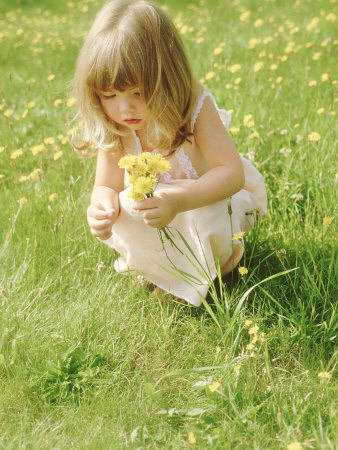
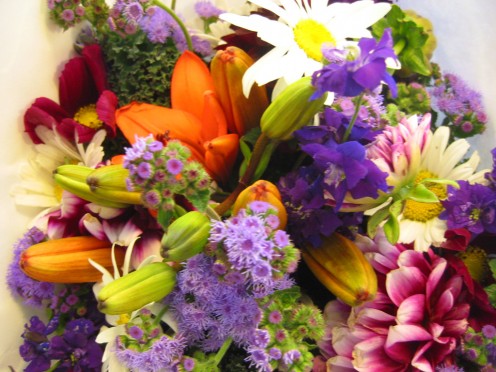
When to Pick And How To Preserve
Don't wait until the leaves are already changing colour. It's vital to cut them while they are still absorbing moisture through their stems any time from around the end of July up to September. The earlier you cut the branches the richer and deeper will be the preserved left tones. So vary the timing if you want differing shades.
After cutting the sprays or branches, strip off the lower leaves and crush or split the ends for about 5cm (2in). Stand them in water overnight. If any branches have wilted by the morning, throw them away because it will mean they have already stopped absorbing moisture.
How To Preserve
Buy some lycerine from any chemist's shop and stirring really vigorously make up a solution of one part glycerin to two parts boiling water. Plug in the stem ends of the branches immediately, before the mixture has a chance to cool. As the solution will only need a depth of about 8-10cm (3-4in), it's a good idea to make it up in something small like an empty soup can; then stand the can in something large like a bucket that will support the branches so they can't topple over.
As the glycerine works its way through the leaves they will take on a glowing silky sheen and if you have varied the time of picking colour will change to a mellow range of dark browns right up to mid and light tans. This could take anything from a few days to a few weeks. As soon as the undersides of the leaves feel damp to the touch the process is complete, and you can remove the branches drying the foliage very gently with a soft cloth.
Hips and haws and holly berries etc, that soon shrivel up miserably when placed in water respond well to the glycerine method of preservation although you may want to clear varnish them to bring back their shine.
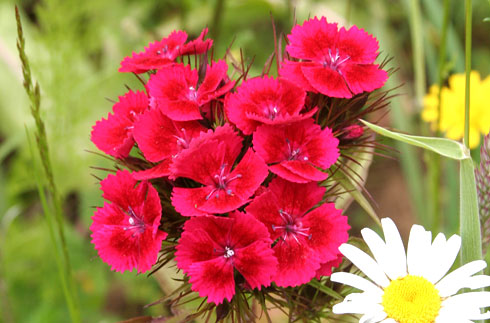
Arranging Dried Flowers
Dried flowers are stiff unyielding and unhelpful. They haven't enough give, to intertwine like fresh flowers and are always likely to spring out of the container unless they have been anchored by mechanical means. So this is one time when you do need to buy artificial foam and although there's a special kind for dried flowers you could use the ordinary kind if you already have it and just not soak it in water. For large scale arrangements incorporating very heavy material you will probably need to add crumpled chicken wire too.
With fresh flowers you can choose your style of arrangement. You can use them lavishly massing them together or you can use them sparsely for a look of purist perfection. With dried flowers there is little choice in the matter. Because there are no sappy stems to make graceful shapes you will need to disguise this lack of fluidity by filling out all the available air-space with a rich abundance of tight-packed flower heads.
And there is another reason for taking this solid approach. Because dried flower often lack strong colour it's vital to play up their textural interest with a prolific mix of different types and sizes. Always aim for a thick and physical effect so dense and intricately deep you'll almost long to dig your fingers in the richness of the completed arrangement.
Such lighting naturally tends to dictate the style of arranging yet further. If dried flowers are placed in a general light for instance they will probably be somewhere where they can be viewed from every angle and will need therefore arranging in the round. Fortunately this isn't difficult. The mere fact that you are packing the flowers quite tightly into the container will give a full and three dimensional effect and provided you pay attention t balance the in the round look will come almost automatically.
Dried flowers have a charm that is subtle and understated and choice of container can be critical to sympathetic results. Avoid overwhelming them with anything strongly coloured or patterned but also avoid anything cold or unfriendly. Plain whit china might seem a very good choice for dried flowers but in fact it tends to look chilly and insipid. Glass containers also prove antipathetic and in any case you don't want the holding materials to be visible.
Best choose a container in a warm and natural material that has patina or texture or possibly both. Look for anything in glowing brass or copper, for instance, or wicker which comes in soft, honey colours and has the added interest of self-pattern. Try speckly salt-glaze pottery, mellow luster china even an ordinary terracotta clay plant pot.
Finally although dried flowers are everlasting it's mistake to make arrangements permanent fixture. They only get dusty and visually boring. So take them apart in the spring sore them in plastic bags and then re-assemble them differently in late autumn replacing anything weary with newly-dried material.








